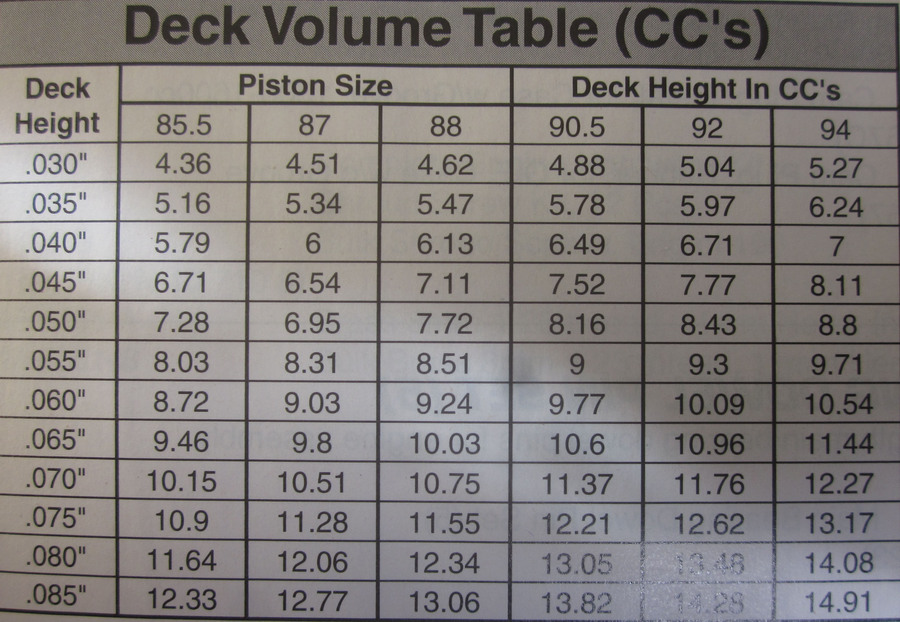

It is typically expressed as the division of uncompressed size by compressed size.ĭata compression ratio is defined as the ratio between the uncompressed size and compressed size: C o m p r e s s i o n R a t i o = U n c o m p r e s s e d S i z e C o m p r e s s e d S i z e įor example, uncompressed songs in CD format have a data rate of 16 bits/channel x 2 channels x 44.1 kHz ≅ 1.4 Mbit/s, whereas AAC files on an iPod are typically compressed to 128 kbit/s, yielding a compression ratio of 10.9, for a data-rate saving of 0.91, or 91%. It is also possible to take into account the size of objects or weighting.For broader coverage of this topic, see Data compression.ĭata compression ratio, also known as compression power, is a measurement of the relative reduction in size of data representation produced by a data compression algorithm. Here is the difference of heterogeneity after merge happens: So the optimization focus on merging most common objects while minimizing this increase in disparateness. Now when we merge two objects(any level) then the homogeneity of shapes will decrease and of course heterogeneity will increase. Here degree of fitting has been defined to find the similarity of two object within n-dimensional feature space: Scene-wise merging when two big objects fulfill criterion.Fulfill the criterion bidirectionally (both neighbors choose each other as best).Fulfill criterion w.r.t to scale parameter.(usually can be found using validation idea procedure)Ī simple example would be if you set scale parameter small in a image of airport, airplanes, even people can be segmented but if you set a really high value for this parameter, then only airplanes and band of airport will be segmented and almost all small stuff will be discarded.īut how do we say two neighbor are ‘common’ (homogeneous)? In precise manner, if we increase this parameters more neighbors will be considered as ‘common’ and merged so the size of the segmented object will be increased and vice versa. Scale parameter controls the variance of the diversity of the pixels within merged object. But the most important one is scale parameter. The reason is major effect is handled by the definition of best fitting object (neighbor) where aforementioned parameters have impact on this measurement directly. There are some parameters like shape, color, etc that can effect of merging directly. (Note that every single object only can be seen once) We change seed to c and do the things all over again. On the other hand, if they are not common, then we change seed from a to b ( b is the best fitting of a) and now we look for best fitting for b and let’s say it is c. a and b are common so we merge them as one object ab. When the best one found, we check it is common or not if it is then merge this too and find other best fitting, if not, go and find another best fitting w.r.t to new found node.įor instance, let’s say we are on a then best fitting is b. Let’s define a seed pixel then we look around it (8-connected) to find the best fitting pixel. (There is a global scale parameter too) to bigger objects surrounded by neighbor pixels. 0.Ĥ Summarize Multiresolution segmentation algorithmįirst of all it is a bottom-up approach which means it first starts from pixel-level objects then expand it w.r.t a local scale parameter. shape )]) print ( zigzag1 ) print ( zigzag2 ) array ( for point in zigzag_points ( * quantized2. array ( for point in zigzag_points ( * quantized1. Move_up = True for i in range ( rows * cols ): yield point if move_up : if inbounds ( move ( UP_RIGHT, point )): point = move ( UP_RIGHT, point ) else : move_up = False if inbounds ( move ( RIGHT, point )): point = move ( RIGHT, point ) else : point = move ( DOWN, point ) else : if inbounds ( move ( DOWN_LEFT, point )): point = move ( DOWN_LEFT, point ) else : move_up = True if inbounds ( move ( DOWN, point )): point = move ( DOWN, point ) else : point = move ( RIGHT, point ) zigzag1 = np. Point = ( 0, 0 ) # True when moving up-right, False when moving down-left UP, DOWN, RIGHT, LEFT, UP_RIGHT, DOWN_LEFT = range ( 6 ) # move the point in different directionsĭef move ( direction, point ): return ( point ) # return true if point is inside the block boundsĭef inbounds ( point ): return 0 <= point < rows and 0 <= point < cols # start in the top-left cell Def zigzag_points ( rows, cols ): # constants for directions


 0 kommentar(er)
0 kommentar(er)
